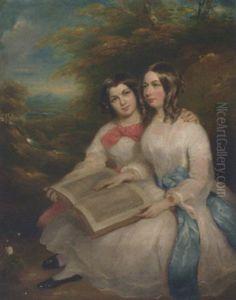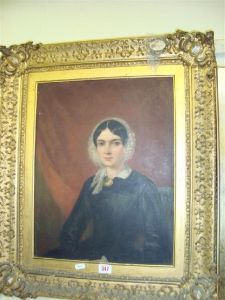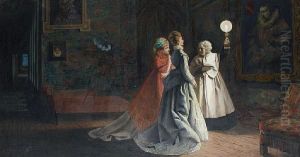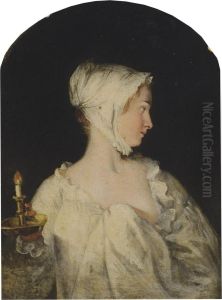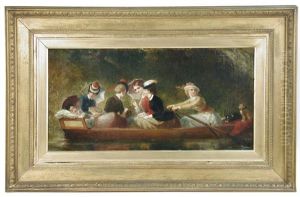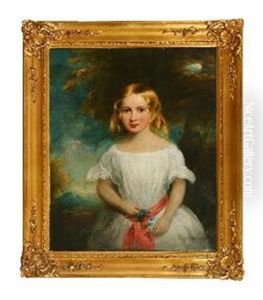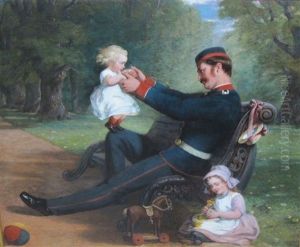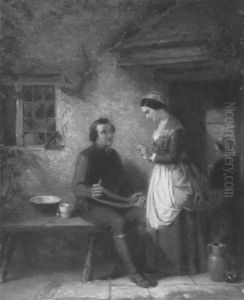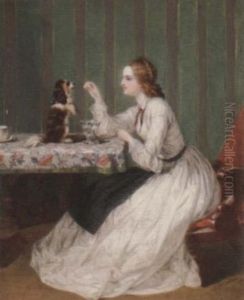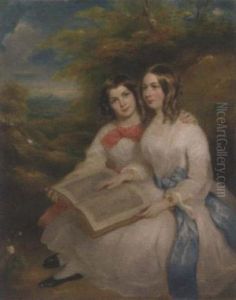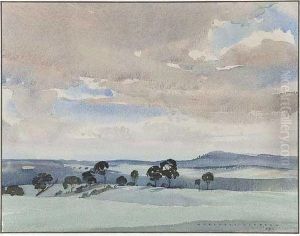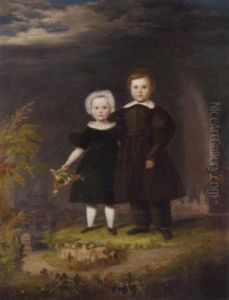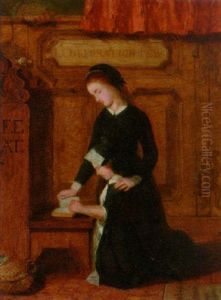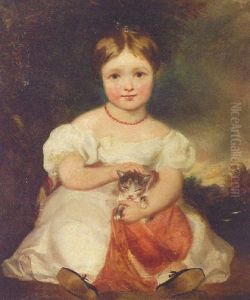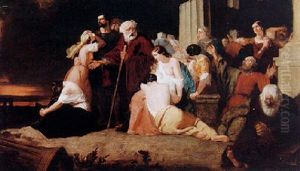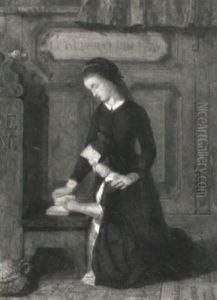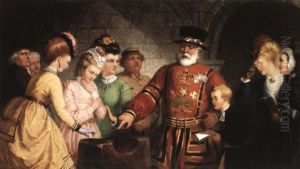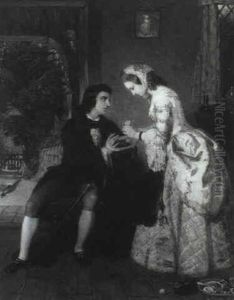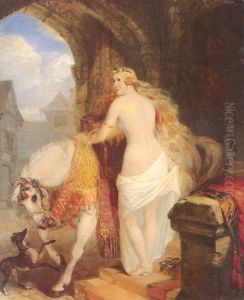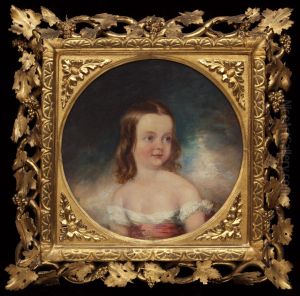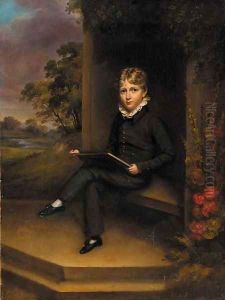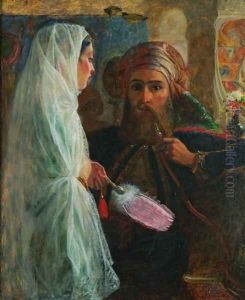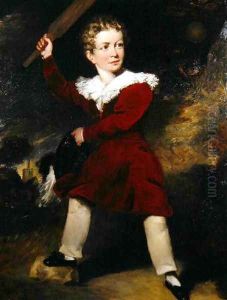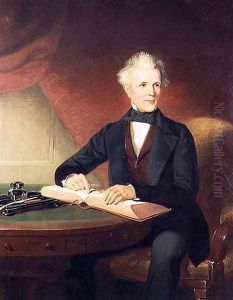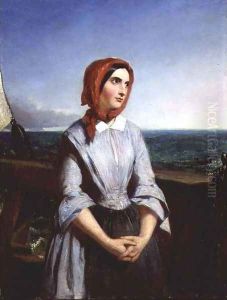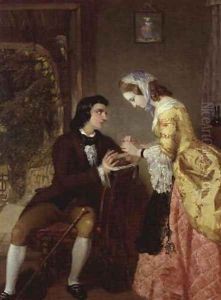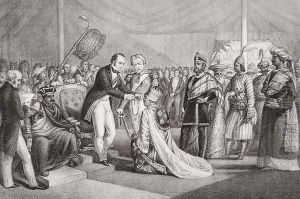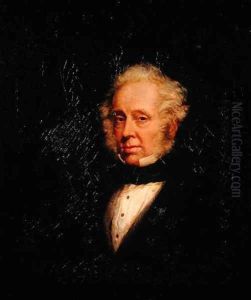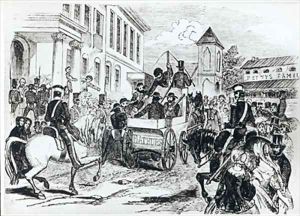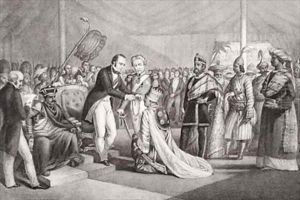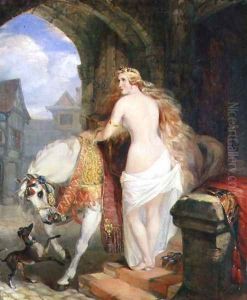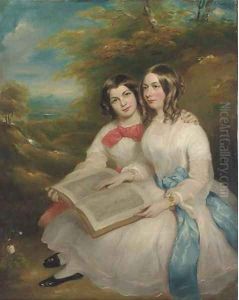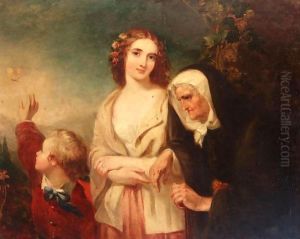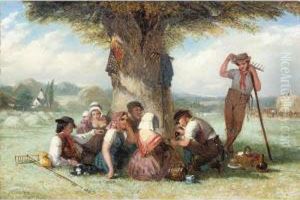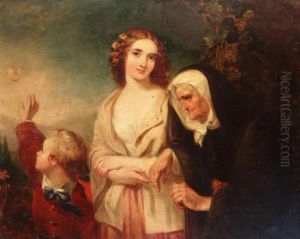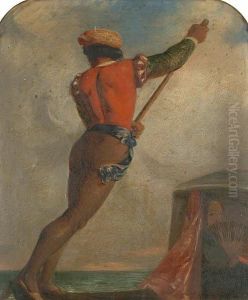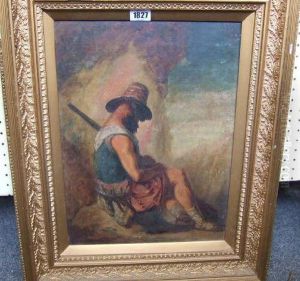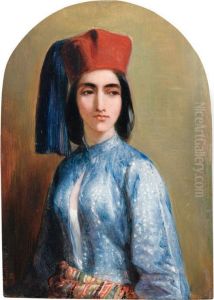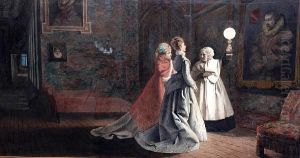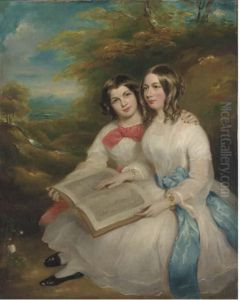Marshall Claxton Paintings
Marshall Claxton was a British painter born on October 26, 1813, in Bolton, Lancashire, England. He was the son of William Claxton, a cotton manufacturer, and pursued art against his family's wishes. Claxton trained at the Royal Academy Schools in London beginning in 1831, where he studied under esteemed painters such as Henry Fuseli.
His early work consisted primarily of portraits and historical subjects. Claxton's style was influenced by the grand manner of Sir Joshua Reynolds and the historical narrative of Sir David Wilkie. Despite showing promise and winning medals for his historical paintings, he did not achieve significant commercial success in Britain.
In an effort to find a more appreciative audience, Claxton traveled to Australia in 1850, accompanied by his family. There, he hoped to capitalize on the lack of established artists and the wealth generated by the gold rushes. He held exhibitions in Sydney and Melbourne, but his work received a mixed reception, with some critics praising his skill while others were less enthusiastic.
Disappointed with the Australian market, Claxton returned to England in 1854. He continued to paint and exhibit works, including at the Royal Academy, but his career never reached the heights he had hoped for. His later years were marked by financial difficulty and a decline in his reputation as an artist.
Marshall Claxton died on May 28, 1881, in London. Though his work is not widely known today, he remains a figure of interest for his attempts to establish a career in the burgeoning Australian art scene and for his contributions to mid-19th century British painting.
